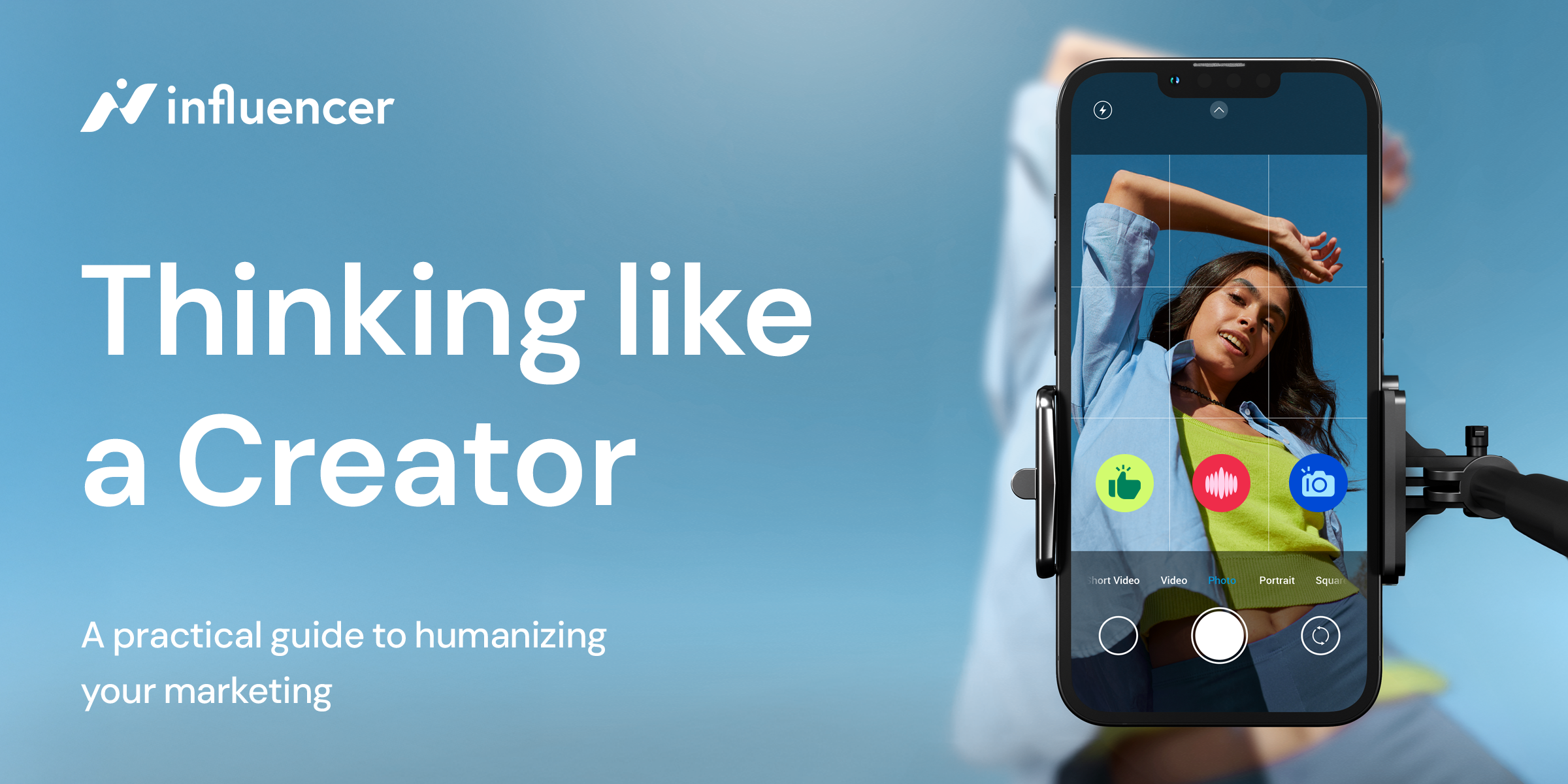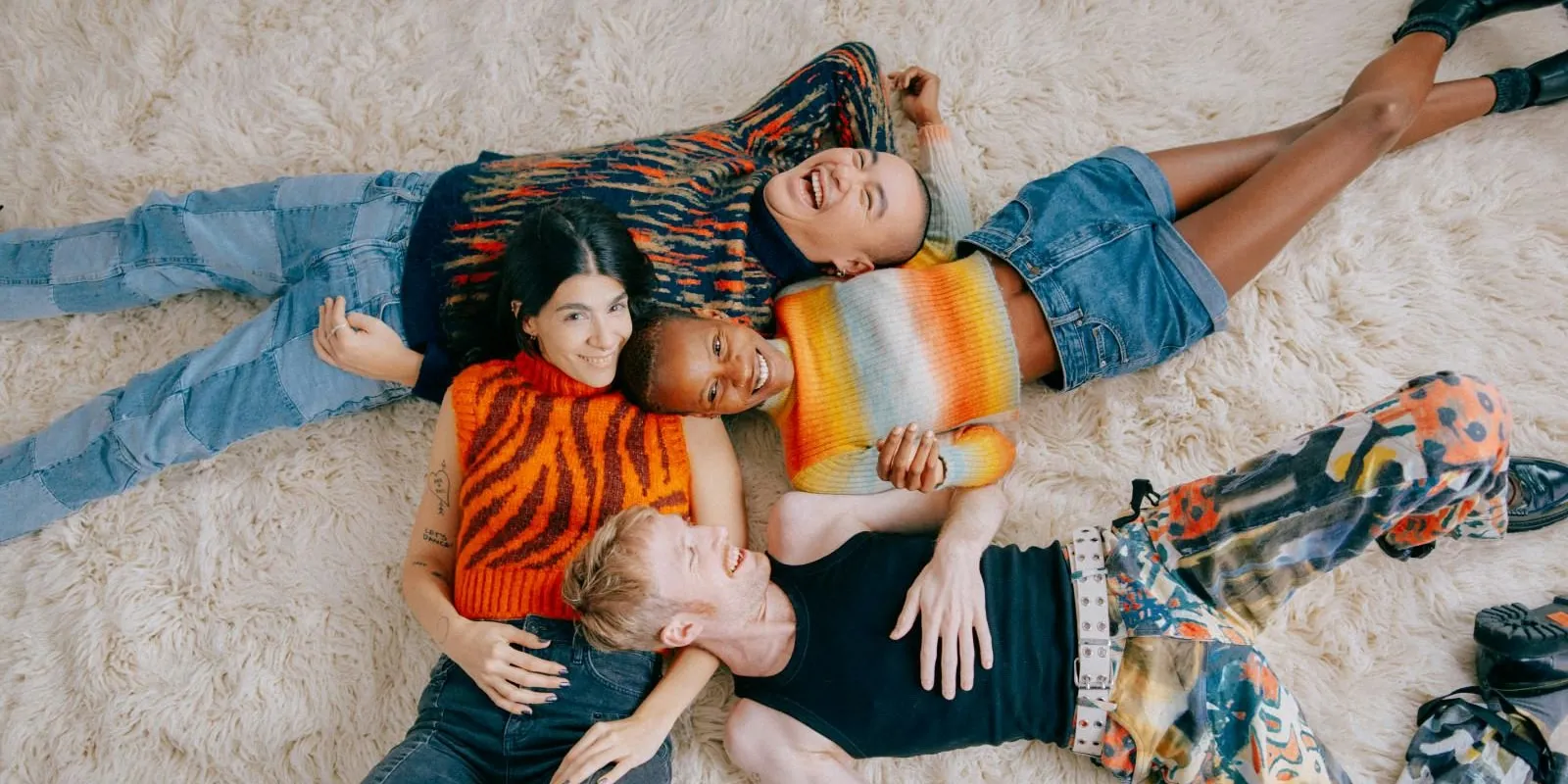.webp)
If there’s one thing that has held influencer marketing back from fulfilling its true potential, it’s been the struggle to prove influence. It all seemed so easy; back when this industry started out - a customer’s ‘digital journey’ would prove cause and effect, with sales being attributed to influencers through the link clicks they generated.
To some small extent, that works. Online sales, app downloads, email sign-ups; essentially, anywhere the customer clicks a link can be measured. But, what about all of those unattributable sales, where the link isn’t clicked? Where the link isn’t available? Where the product is just remembered and purchased in store? A crazy thought, I know. And what if the goal of the campaign isn’t direct sales? What if the goal is brand recall? A change in consumer perceptions? Store footfall? The list goes on and on.
If we go down the road of measuring influence purely through the definitively attributable, influencer marketing becomes simply affiliate marketing - and, each of us know (and have many anecdotes to prove) that the value of influencer marketing doesn’t stop at link clicks.
The alternative form of measurement has generally been quite weak, though; and the industry hasn’t exactly crowned itself in glory by pushing out metrics like ‘audience achieved’ as a form of influence measurement. Nor have the social networks really helped by giving us engagement rates based on the cheap vanity metrics of likes and comments.
While many brands have been happy to lap these weak measures up, many more have been searching for something a little more concrete; and, at Influencer, so have we.
The problem with most engagement metrics (particularly the visible ones) is that they’re easy to manipulate. Likes can be purchased, comments can be corralled. And, more than that, they don’t actually represent too much. The speed at which most users fly through social channels, hammering the like button, suggests that most content delivers very little impact, even if the viewer does pause long enough to double-tap the screen on the way past.
And what about those channels where standard engagements don’t play such a key part? YouTube, Twitter, even TikTok. The obsession in this industry with engagement volume means that a lot of genuinely impactful content goes unrecognised - and it leaves content creators having to plead endlessly with their audience to leave some form of recognition: “like or comment below!”
The alternative, of course, is to measure the value of engagements, not volume - and this is exactly what we’ve done at Influencer with our in-house impact score.
Fundamentally, it’s quite simple. By looking back over years of campaign data, we’ve been able to ascertain the relative value of different engagement metrics across different social networks - and, by applying a weighting to these metrics, we can show the value of engagements and balance out the volume. To give a quick example, you may have guessed that we consider a like on Instagram to be a relatively low value engagement, so we give it a weighting of 1. A save, on the other hand, is a lot rarer and demonstrates a far greater level of engagement with a piece of content, so we give that a weighting of 15.
By applying these weightings across every engagement available, we can ascertain the true value of an audience’s engagement with a piece of content - and so define the impact that content had.
Our impact score doesn’t show much on its own; but, if we divide it by the number of views a piece of content has had, it gives us a percentage that we can use to make relative comparisons of content, across social channels, social networks, and across campaigns.
This approach to measuring influence has fundamentally changed the way we analyse our clients’ campaigns and has stamped out the overweighting of certain content types (e.g. Instagram feed posts) over other types which don’t generate volume of engagement, but do generate value.
A great example of this is video content on Instagram, which is notorious for generating low volumes of likes. On a recent travel campaign (pre-Covid, of course), the application of our impact score demonstrated that the eight seemingly lowest performing pieces of content (on a volume basis) were actually all in the top 20 on an impact basis.
Our work on impact doesn’t stop here, though; we’re constantly tweaking our impact rate and plugging in more campaign data to give an ever more accurate understanding of the influence that our campaigns, their content, and their content creators have delivered. And, with new(ish) social networks appearing (hello TikTok) and older social networks adding new features (hello Instagram Guides), our impact rate is evolving to ensure that we accurately reflect the influence these channels and content forms can deliver.
More resources

New Creator Economy report urges brands to think like Creators - or risk being left behind.
Let’s work together

Let’s work together

Let’s work together

Let’s work together

Let’s work together

Let’s work together

Let’s work together

Let’s work together

Let’s work together

Let’s work together

Let’s work together

Let’s work together

Let’s work together

Let’s work together

Let’s work together

Let’s work together

Let’s work together

Let’s work together

Let’s work together

Let’s work together

Let’s work together

Let’s work together

Let’s work together

Let’s work together

Let’s work together

Let’s work together

Let’s work together

Let’s work together

Let’s work together

Let’s work together

Let’s work together

Let’s work together




